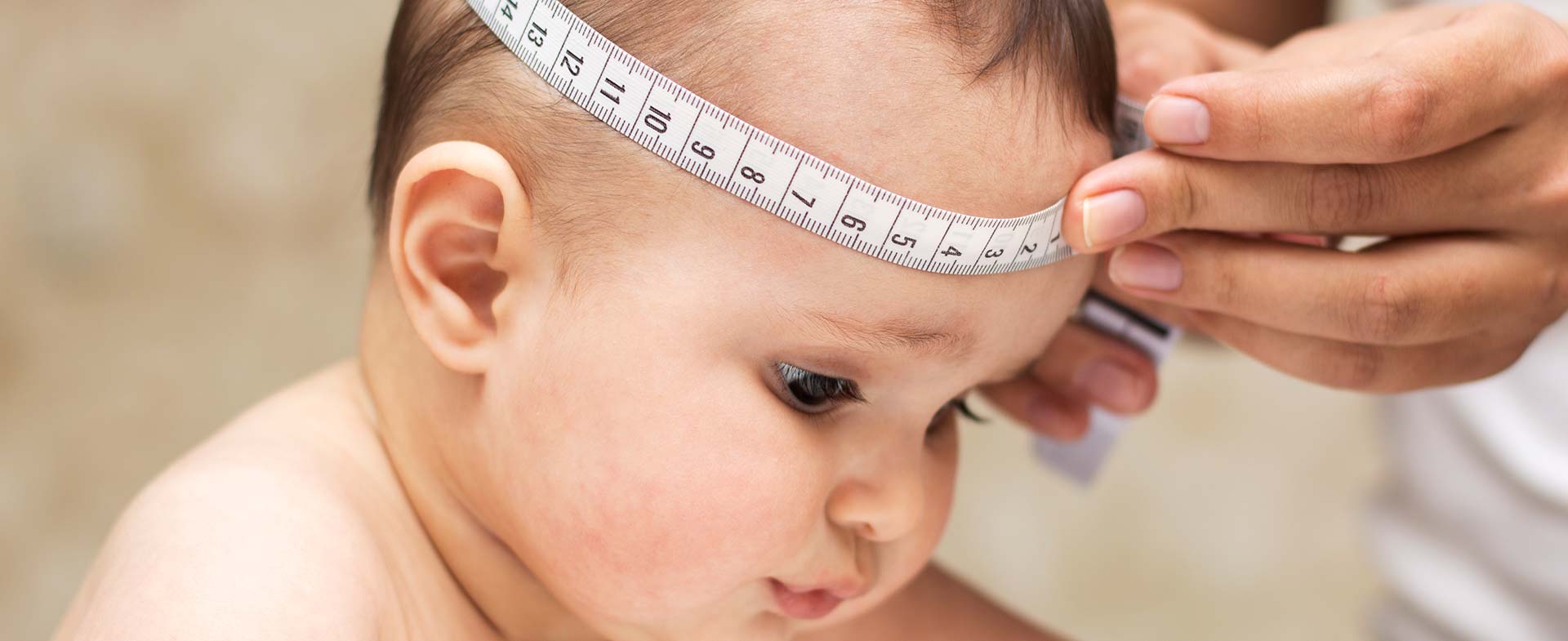Tracking your child's growth is critical to ensuring their physical and developmental health, especially during the first two years of life. In fact, one of the first signs of trouble happens when children fall off the curve.
"If the child is growing too quickly or too slowly, that may be a sign that something isn't quite right," says Mollie Blanchard-Brown, M.D., a pediatrician at Henry Ford Health.
Your Growth Curve Questions Answered
The growth chart is designed to show parents how their child is trending and easily spot inconsistencies. But how does it work in practice? And when do parents really need to pay attention? We asked Dr. Blanchard-Brown to answer your most pressing questions about tracking growth in children.
Q: What is the growth chart and why do doctors use them to track development?
A: Kids grow at unique rates, and just like adults, they come in a wide variety of sizes and shapes. Growth charts help health professionals easily identify problems — and they've become a standard part of every child wellness visit. The charts not only show how your child is growing compared with other children in the United States, but they also show whether your child is growing appropriately. If a child's growth pattern suddenly changes, it can indicate a potential health problem. That's why it's so important to attend every wellness visit.
Make appointment online for your child's next well visit today.
Q: What measures do doctors take?
A: Doctors track height, weight and head circumference during each wellness visit for the first two years of life. Then they plot those points to make sure children are growing appropriately. Once children reach two or three years of age, they transition to a more adult curve. That's when your doctor can give you a general sense of how tall your child will be when they stop growing.
Q: Why do doctors measure head circumference?
A: During the first year of life, children have openings between the bones of their skull that are not entirely fused, so the brain has room to grow. By measuring the head circumference, we can make sure the skull and brain are growing appropriately. If your baby's head is bigger or smaller than average, grows too quickly, or stalls, that may signal a health problem. A child whose head circumference is too large or too small may have an anatomic issue, premature closure of the bones in the skull or even a brain bleed.
Q: What about weight and height measures?
A: Babies need to be well nourished to grow properly. Weight is especially important. When children don’t gain sufficient weight, the medical community calls it "failure to thrive." These children may not be getting the nutrition required to develop their fine and gross motor skills. They may even suffer from allergies to milk proteins in breast milk or formula. When children get older, a calculation derived from height and weight known as their body mass index (BMI) becomes a key measure. When children fall outside the 5th or 85th percentiles for BMI, we can intervene to get them back on the curve.
Q: How much control do parents have over their child's physical development?
A: A lot. Although some aspects of development (such as height) are strongly influenced by genetics, a child’s environment can greatly impact their physical development. Parents control their child’s nourishment. Proper nutrition supports growth and development. Without appropriate nutrition, children may not be able to meet their developmental milestones, especially in terms of gross and fine motor delays. On the flip side, getting too much fat and calories can also be a problem for some children. The earlier we catch growth issues, the sooner we can intervene.
Ensuring Optimal Growth
Healthy children come in every size. Age, gender, nutrition, physical activity and environment all converge to determine a child's height, weight and body shape — and many of these things vary from family to family.
But no matter what your kids' genetic makeup, ensuring they meet certain benchmarks when they're young is critical, particularly when it comes to physical growth and development. The best way to achieve that goal: Make sure to take your child to well visits at defined intervals.
"The earlier we get their nutrition and growth under control, the better they're going to do," Dr. Blanchard-Brown says. If you have questions or concerns about your child's growth rate, talk to your child's doctor.
To find a doctor or pediatrician at Henry Ford, or to make an appointment, visit henryford.com or call 1-800-HENRYFORD (436-7936).
Dr. Mollie Blanchard-Brown is a pediatrician who sees patients at Henry Ford Medical Centers - Farmington Road and Bloomfield Township.



